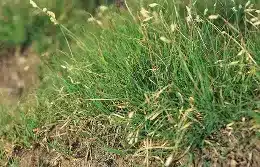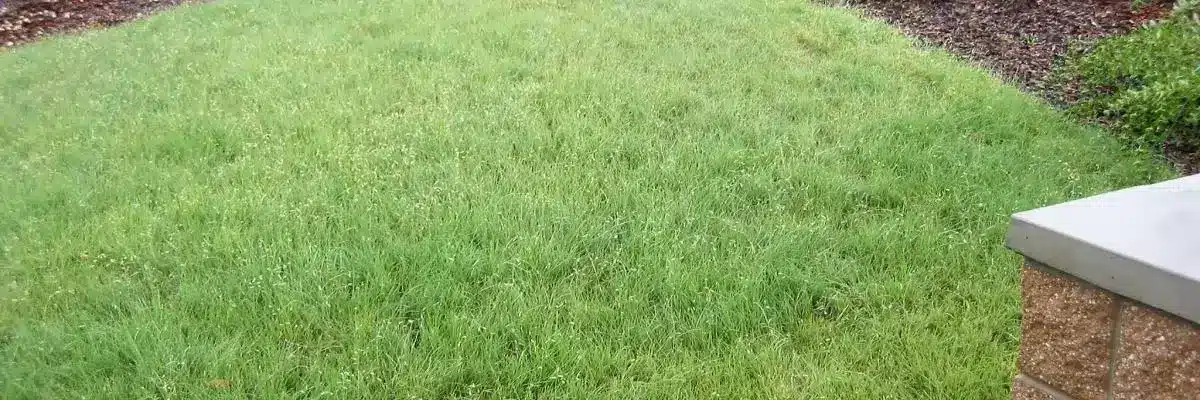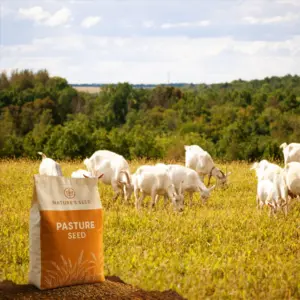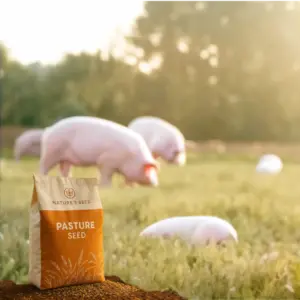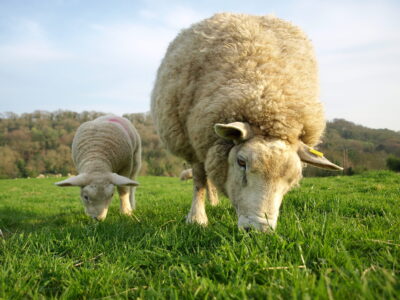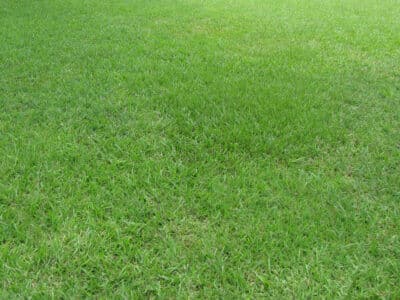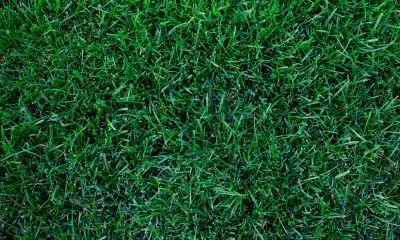

Buy more and save!
Coverage Area
Price
5 lbs
10,000 Sq.ft
$299.99
Out of stock
Want to be notified when this product is back in stock?
$299.99
Out of stock
Buffalograss (Bouteloua dactyloides) is a native warm-season prairie grass prized by ranchers for its drought tolerance and high forage value. It thrives on as little as 15–30″ of rain and forms a low, dense sod that requires minimal care. Cattle, sheep, goats and other livestock readily graze its nutritious foliage (retaining quality even when cured). Ideal for Great Plains and Southwestern drylands, buffalograss also supports wildlife and resists erosion.
Shipping
Nature’s Seed processes domestic orders from its Lehi, Utah warehouse within 3–5 business days (up to 5 days during peak season) . Standard UPS shipping takes an additional 2–7 business days, depending on destination . Orders over $150 qualify for free “Economy” shipping within the contiguous U.S. (you must select this option at checkout), while smaller orders incur a calculated shipping fee, typically $10 for standard economy delivery. Alaska and Hawaii are eligible for shipping, though free shipping does not apply there, and rural, remote, or expedited shipments may require extra fees or 1–2 extra delivery days . More information
Product Overview
Buffalograss (Bouteloua dactyloides) is a warm-season, stoloniferous shortgrass prairie species native to North America. Exceptionally drought-resilient and grazing-tolerant, it forms dense, mat-like turf that supports wildlife, resists erosion, and offers a low-maintenance, natural landscape aesthetic.
• **Drought Resilience:** Deep roots penetrating 4–6 ft (1.2–1.8 m) allow dormancy during dry spells and swift recovery with rainfall; it thrives on just 15–30″ of annual precipitation :contentReference[oaicite:0]{index=0}.
• **Grazing Tolerance:** Highly resistant to heavy grazing and trampling, often increasing in proportion in pastures under pressure; remains nutritious and green into fall :contentReference[oaicite:1]{index=1}.
• **Erosion Control & Soil Health:** Dense sod and fine roots bind soil particles, stabilizing plains, slopes, and reclaimed lands; suppresses weeds and enhances soil structure :contentReference[oaicite:2]{index=2}.
• **Wildlife Habitat:** Provides forage and winter cover for deer, pronghorn, bison, and nesting birds; its seedheads and litter sustain grasshoppers, butterflies (e.g. green skipper), and small mammals — promoting prairie ecosystem biodiversity :contentReference[oaicite:3]{index=3}.
• **Ornamental & Landscape Appeal:** Features fine blue‑green foliage, compact height (2–4″ when mowed), and a soft prairie lawn look ideal for xeriscape or natural “no-mow” yards :contentReference[oaicite:4]{index=4}.
• **Native Restoration & Mixing:** A keystone grass in prairie seed mixes, it coexists with flowering wildflowers and legumes without overshadowing them—enhancing pollinator habitat and restoring rangeland integrity :contentReference[oaicite:5]{index=5}.
Directions
Seeding:
• Drill or broadcast 3–10 lb/acre (100 lb/acre for turf density); plant at ¼″ depth; firm soil for seed‑to‑soil contact :contentReference[oaicite:6]{index=6}.
• Best sown in late spring to early summer once soils warm; spring planting ensures strong establishment :contentReference[oaicite:7]{index=7}.
Maintenance:
• Mow to 2–4″ as needed (typically 2–3 times per season) to maintain turf and prevent seedheads :contentReference[oaicite:8]{index=8}.
• Requires minimal fertilizer—generally thrives on native, low-fertility soils without nutrient additions :contentReference[oaicite:9]{index=9}.
• Water sparingly after establishment; deep-rooted nature allows survival during extended dry periods :contentReference[oaicite:10]{index=10}.
Replanting & Restoration:
• Ideal for prairie, pollinator, and low-input turf mixes; works well with wildflowers when included at 5–20% of the seed blend :contentReference[oaicite:11]{index=11}.
• In restoration settings, excellent for reclaiming disturbed sites such as mine spoils, slopes, and erosion-prone areas :contentReference[oaicite:12]{index=12}.
| Weight | 5 lbs |
|---|---|
| Dimensions | 0.5 in |
| Region | , , , |
| Seed Type |
